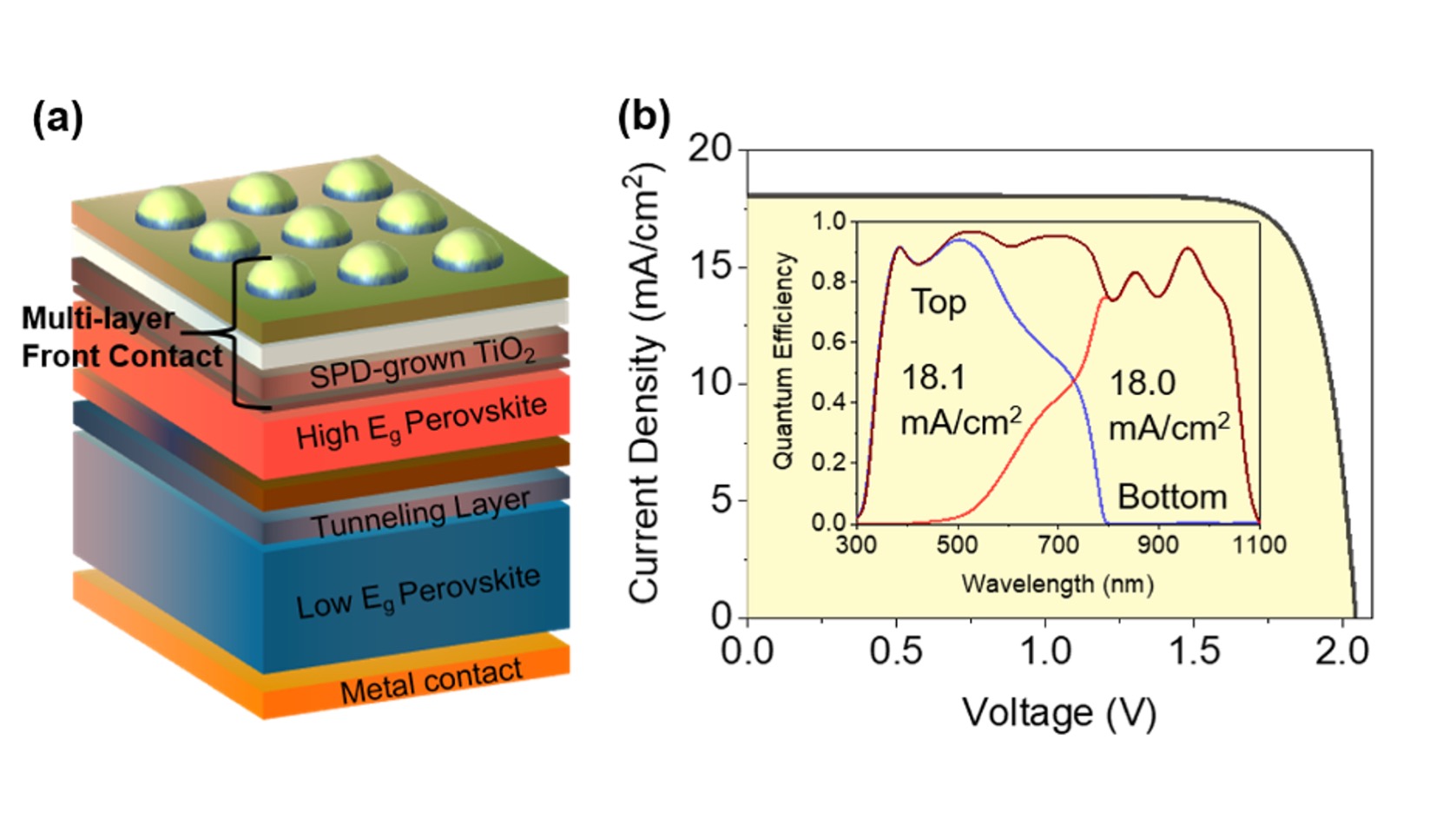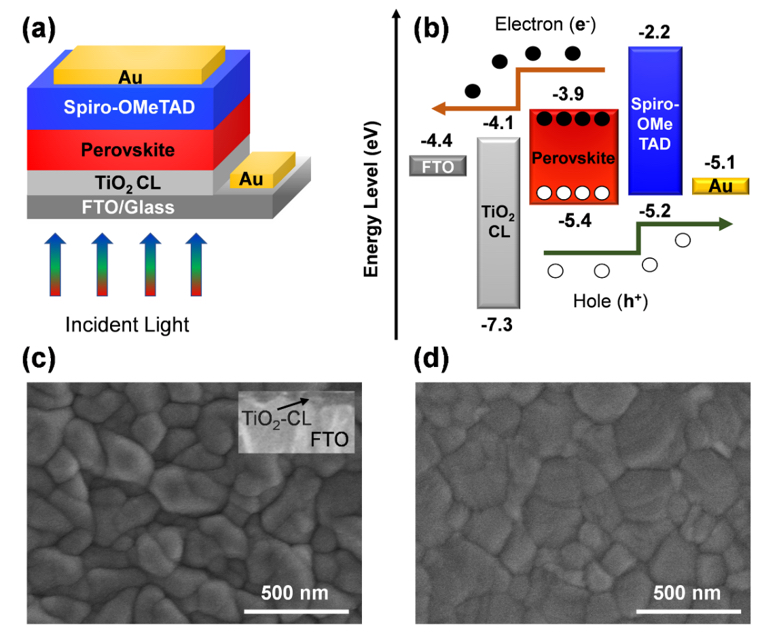Abstract:Kanazawa University led-researchers Assistant Professor Md. Shahiduzzaman and Professor Tetsuya Taima, in collaboration with Tokai University, The Hong Kong Polytechnique University (Hong Kong), Waseda University, The National University of Malaysia (Malaysia), and Stanford University (USA) developed a perovskite solar cell that optimized light incoupling, light trapping, and other essential properties for maximum energy conversion efficiency. With further development, their design—which is compatible with industrial production—may exceed commercial silicon-based solar cells' performance.
Kanazawa, Japan – Solar cells are excellent renewable energy tools that use sunlight to drive an electrical current for power. They've been used to power homes since the 1980s, and their performance and production cost have improved dramatically since then. The most common solar cells, based on silicon, work well for a long time. They retain more than 80% of their functionality even after 25 years. However, the efficiency—i.e., how much of the incoming sunlight is converted to electrical power—of commercial-scale silicon solar cells is currently only around 20%.
Maximizing solar cells' energy conversion efficiency will improve their competitiveness compared to fossil fuels and help optimize them as a sustainable energy source. Researchers have intensively focused on an alternative to silicon: perovskite materials to enhance solar cells' efficiency. Designs based on such materials must meet certain requirements, such as ease of fabrication on a large scale, and minimize reflected—i.e., wasted—light.
In a recent study published in Nano-Micro Letters, researchers from Kanazawa University applied a thin metal oxide film—reproducible, uniform, and compact—onto a perovskite solar cell. The researchers used a combination of lab work and computational studies to evaluate their solar cell design performance fairly.
"We used spray pyrolysis to deposit a front contact layer of titanium dioxide onto a perovskite solar cell," explains Md. Shahiduzzaman, lead and corresponding author. "This deposition technique is common in the industry for large-scale applications."
Upon finding an optimum thickness for the front contact layer, the researchers measured an energy conversion efficiency of 16.6%, assuming typical sunlight conditions. As mentioned, this isn't quite as good as commercial silicon-based solar cells. Nevertheless, electromagnetic simulations were a powerful tool for predicting the possible energy conversion efficiency limit by optimizing specific parameters.
"Computational simulations suggest that the energy conversion efficiency of perovskite/perovskite tandem solar cells could go beyond 30% by a multi-layer front contact," says Md. Shahiduzzaman, lead and corresponding author. “This is close to the theoretical efficiency limit of silicon-based solar cells."
Additional challenges remain. For example, there must be a clear demonstration that the researchers' solar cells continue functioning at least as long as silicon-based analogs. In addition, the perovskite solar cells are based in part on lead, a highly toxic metal. Ideally, there should be a clear protocol for recycling the devices instead of simple—and dangerous—disposal. Shahiduzzaman is optimistic that such technical challenges can be overcome with a focused research effort.

figure1.
(a) Schematic diagram of the perovskite/perovskite tandem solar cell, and (b) current–voltage characteristic curves of the best-investigated perovskite/perovskite tandem solar cell. Inset shows quantum efficiency for top perovskite and bottom perovskite.

figure2.
[Article]
Title: Spray pyrolyzed TiO2 embedded multi‑layer front contact design for high‑efficiency perovskite solar cells
Journal: Nano-Micro Letters
Authors:Md. Shahiduzzaman, Mohammad Ismail Hossain, Sem Visal, Tetsuya Kaneko, Wayesh Qarony, Shinjiro Umezu, Koji Tomita, Satoru Iwamori, Dietmar Knipp, Yuen Hong Tsang, Md. Akhtaruzzaman, Jean-Michel Nunzi, Tetsuya Taima, Masao Isomura
DOI: 10.1007/s40820-020-00559-2
[Funder]
This study was supported in part by the Research and Study Project of Tokai University General Research Organization and by the Grant-in-Aid for Scientific Research Grant Number 20H02838. The authors also extended their appreciation to the Universiti Kebangsaan Malaysia for supporting this study through FRGS/1/2017/TK07/UKM/02/9 Grant. This work is also supported by the Research Grants Council of Hong Kong, China (Project Number: 152093/18E).



 PAGE TOP
PAGE TOP